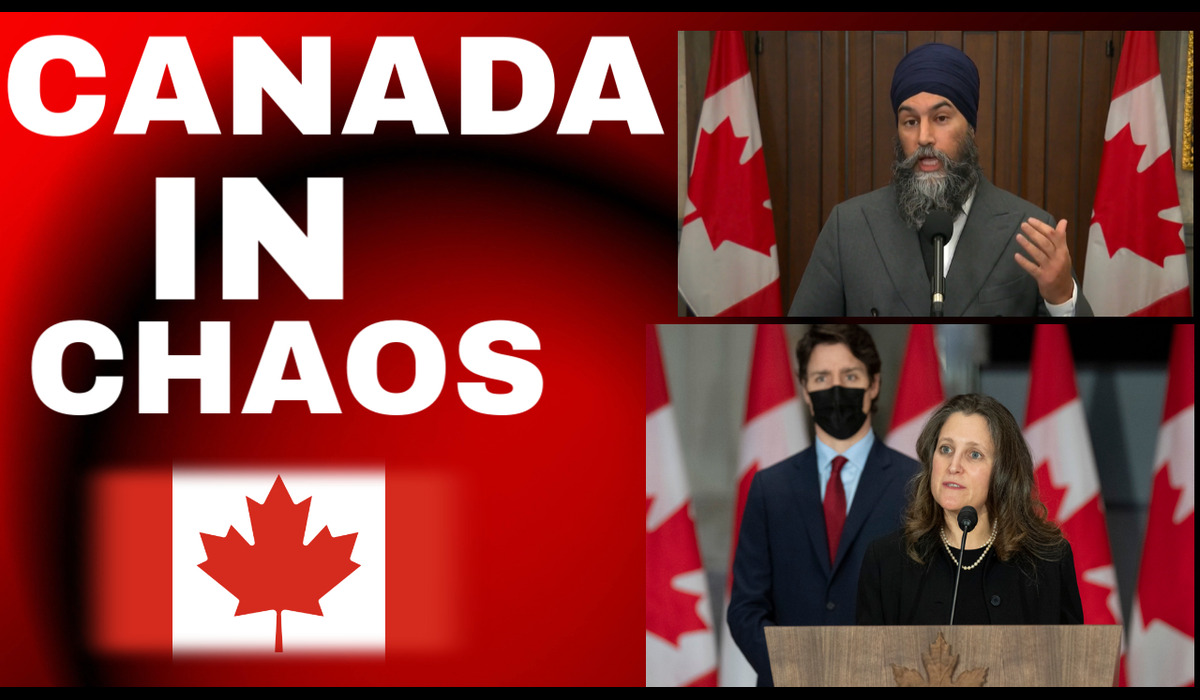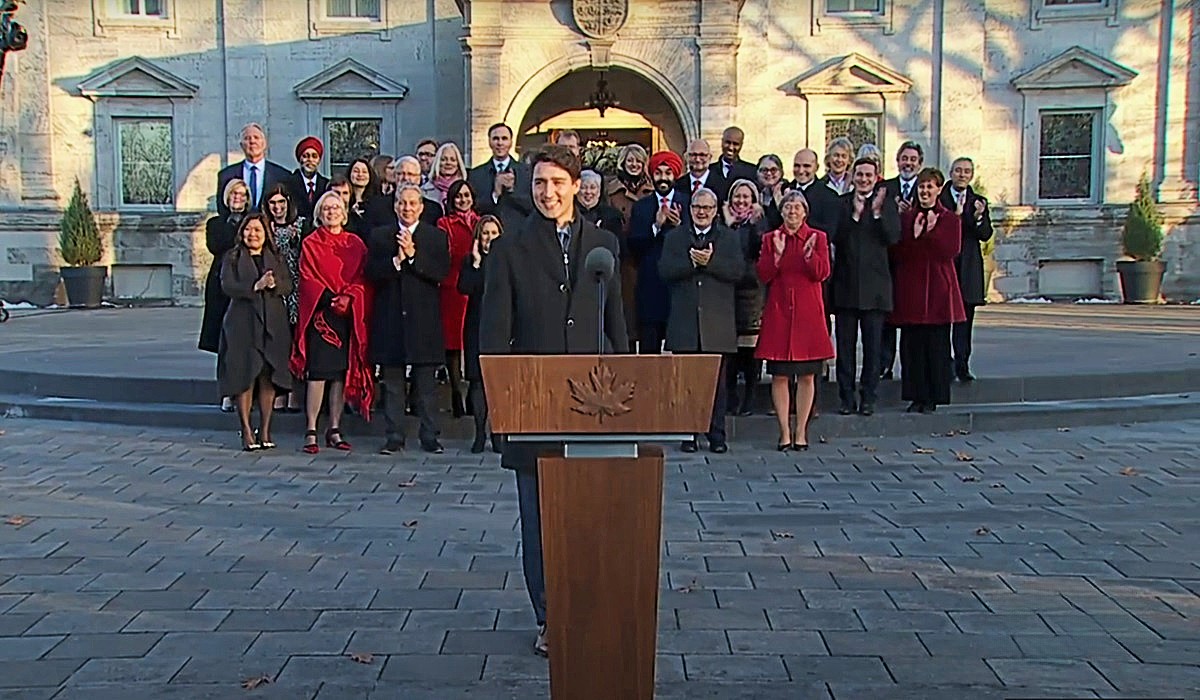Underrepresented: Minority Businesses Overlooked in Government of Canada’s Major Ad Buys
- TDS News
- Canada
- May 9, 2024

Image Credit, Romy
In Canada’s advertising expenditure landscape, the exclusion of minority publications from major advertising initiatives stands out as a glaring issue. Despite attempts to address this disparity, both the government and major media buying firms have shown a disconcerting lack of accountability and commitment to diversity.
Past attempts to engage the government on this matter have been met with indifference and evasion. Despite raising concerns about the underrepresentation of minority publications in major advertising campaigns, the response from government officials has been tepid at best, with little concrete action taken to rectify the situation. It’s as if they wash their hands of the issue, ignoring the systemic biases that perpetuate the marginalization of minority voices in advertising.
Furthermore, attempts to reach out to a major media-buying firm have been met with silence and disregard. Despite our efforts to engage with these firms and advocate for greater inclusion of minority publications in advertising campaigns, they have shown little interest or willingness to even acknowledge our concerns. The lack of response speaks volumes about their commitment to diversity and inclusion.
What adds insult to injury is the government’s apparent double standard when it comes to engaging with minority communities. On one hand, they make a show of having their Members of Parliament reach out to ethnic newspapers for smaller advertising initiatives, such as community events or cultural celebrations, in an effort to demonstrate their support for diversity. However, when it comes to allocating significant advertising dollars for major campaigns or policy announcements, minority publications are conspicuously absent from the picture.
It’s as if the government only sees value in minority publications when it suits their agenda or when they need to make a token gesture of support for diversity. When it comes to the big ad dollars, it’s as if they conveniently look the other way, prioritizing established media outlets and ignoring the invaluable perspectives and insights offered by minority publications.
This pattern of exclusion not only perpetuates systemic inequalities within the advertising industry but also undermines the government’s professed commitment to diversity and inclusion. If they truly want to uphold these principles, they must take concrete action to ensure that minority publications are given equal consideration in major advertising initiatives. Anything less is simply paying lip service to diversity while perpetuating the status quo of exclusion and marginalization.








